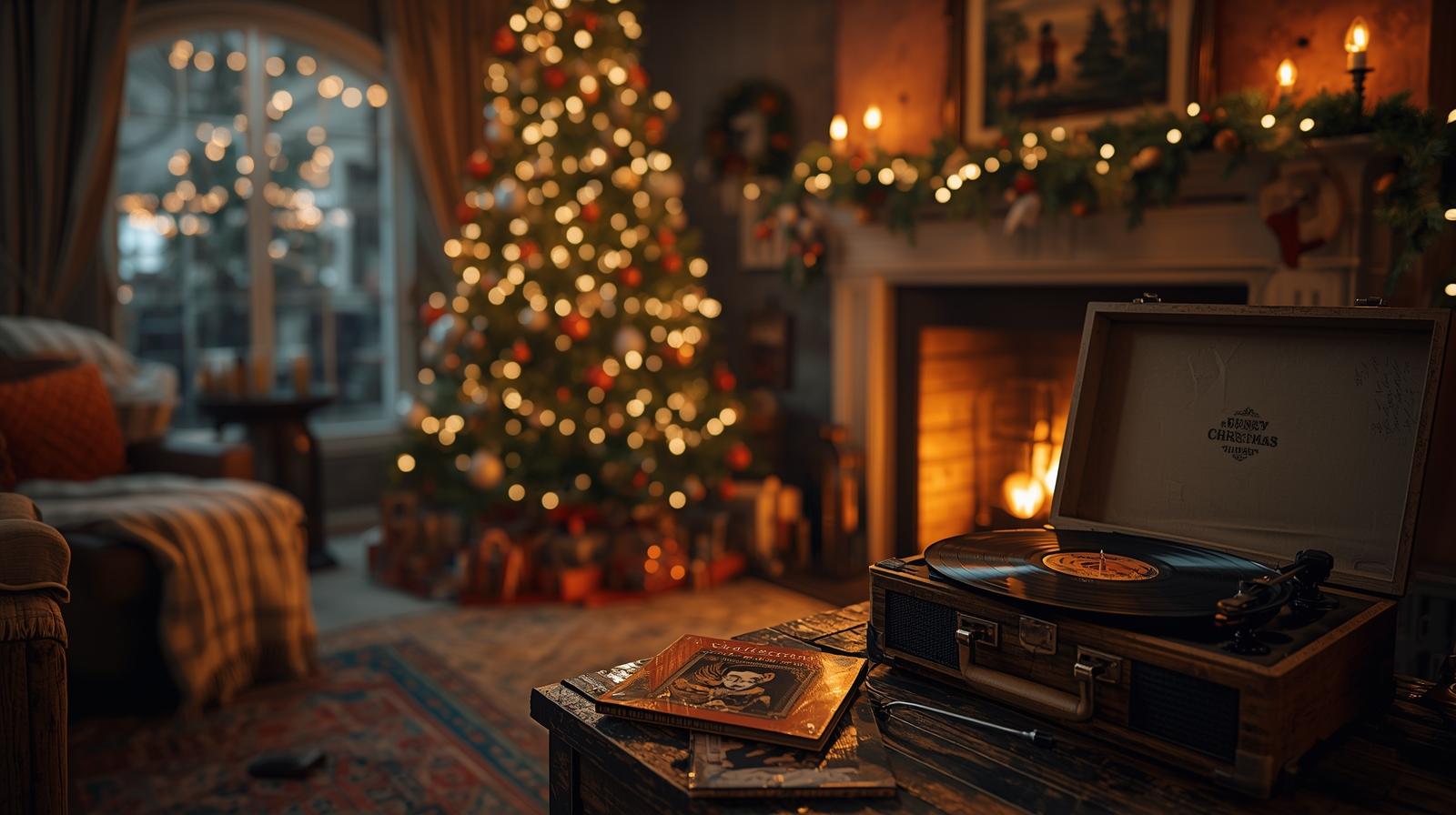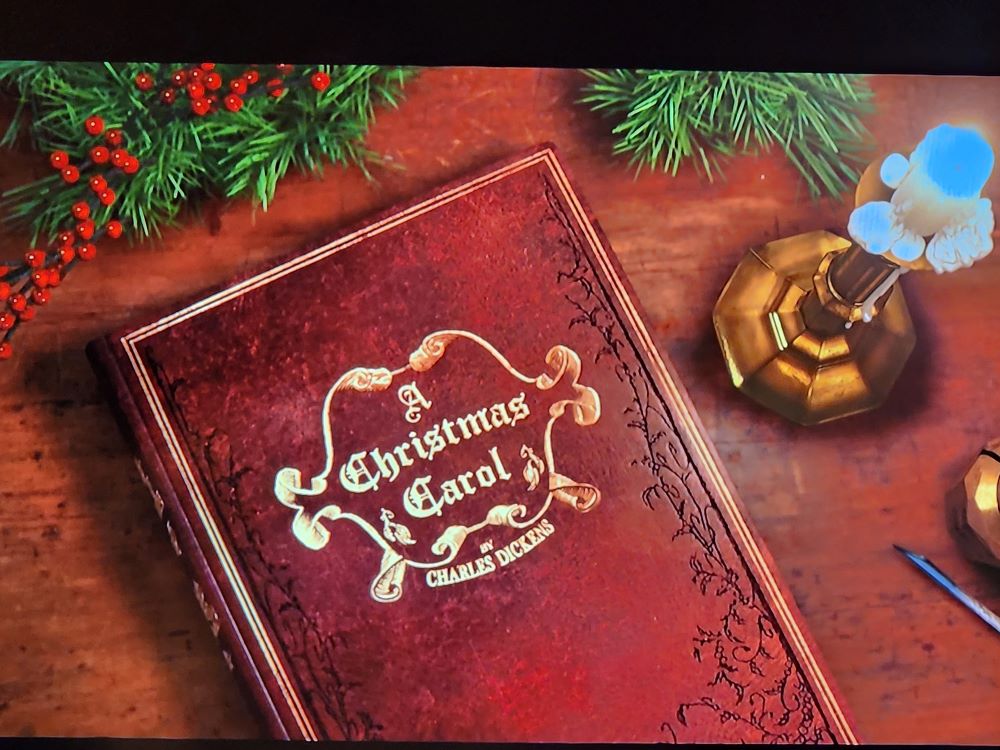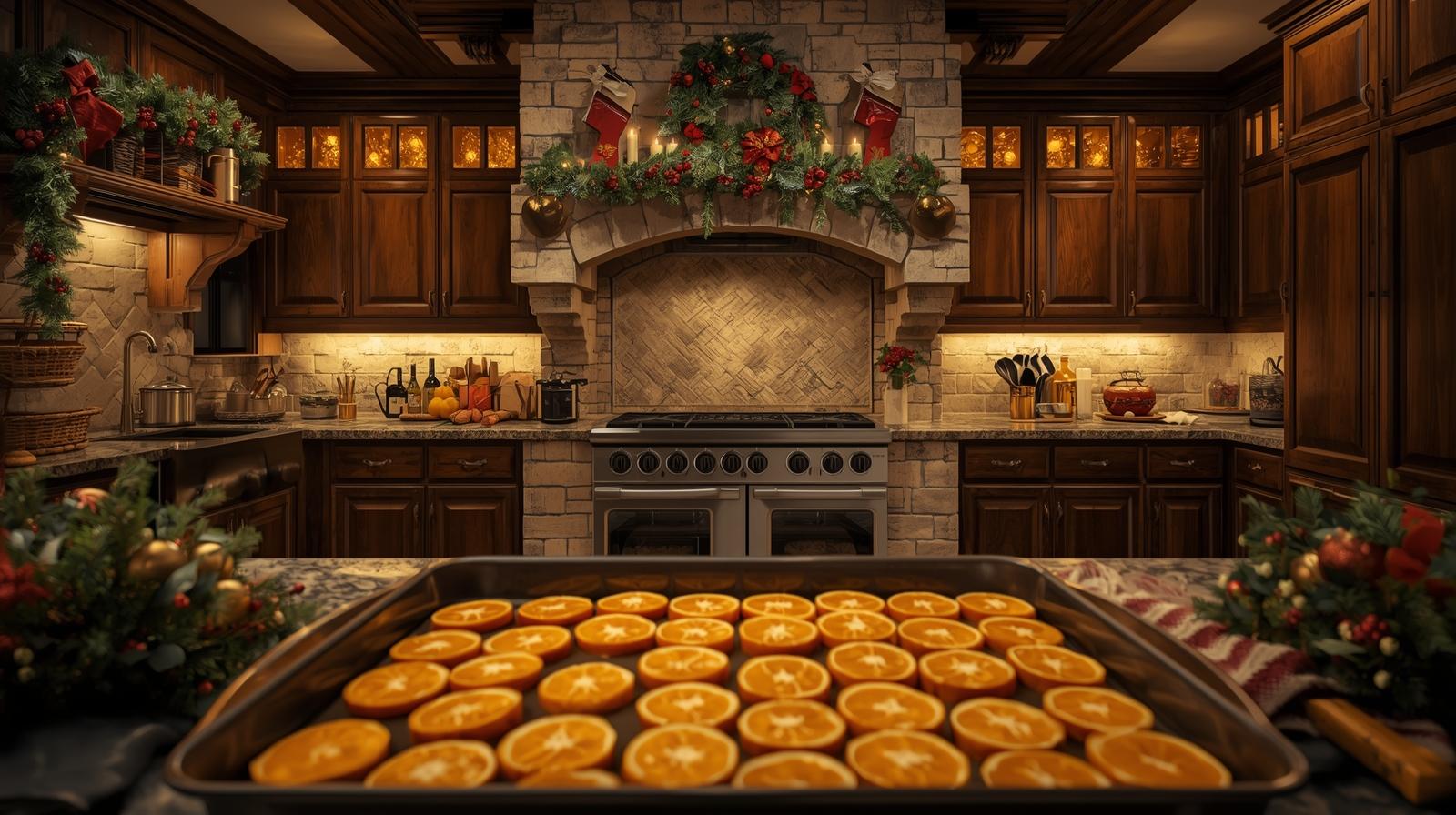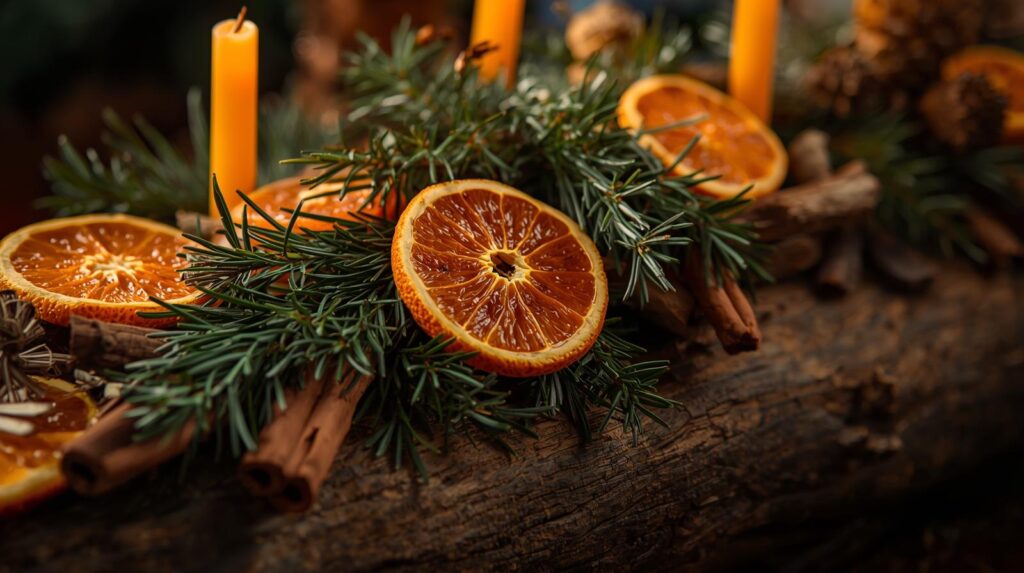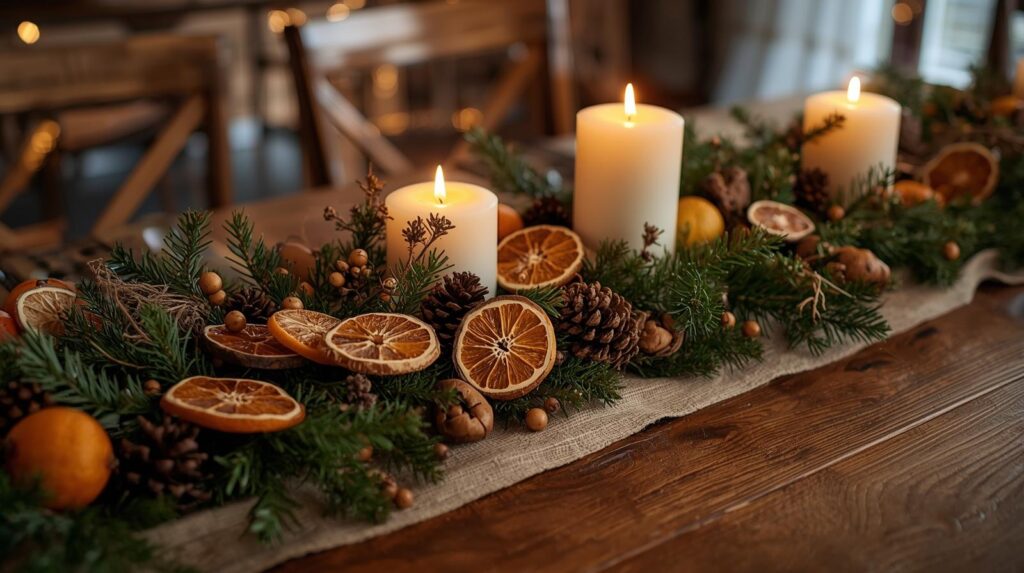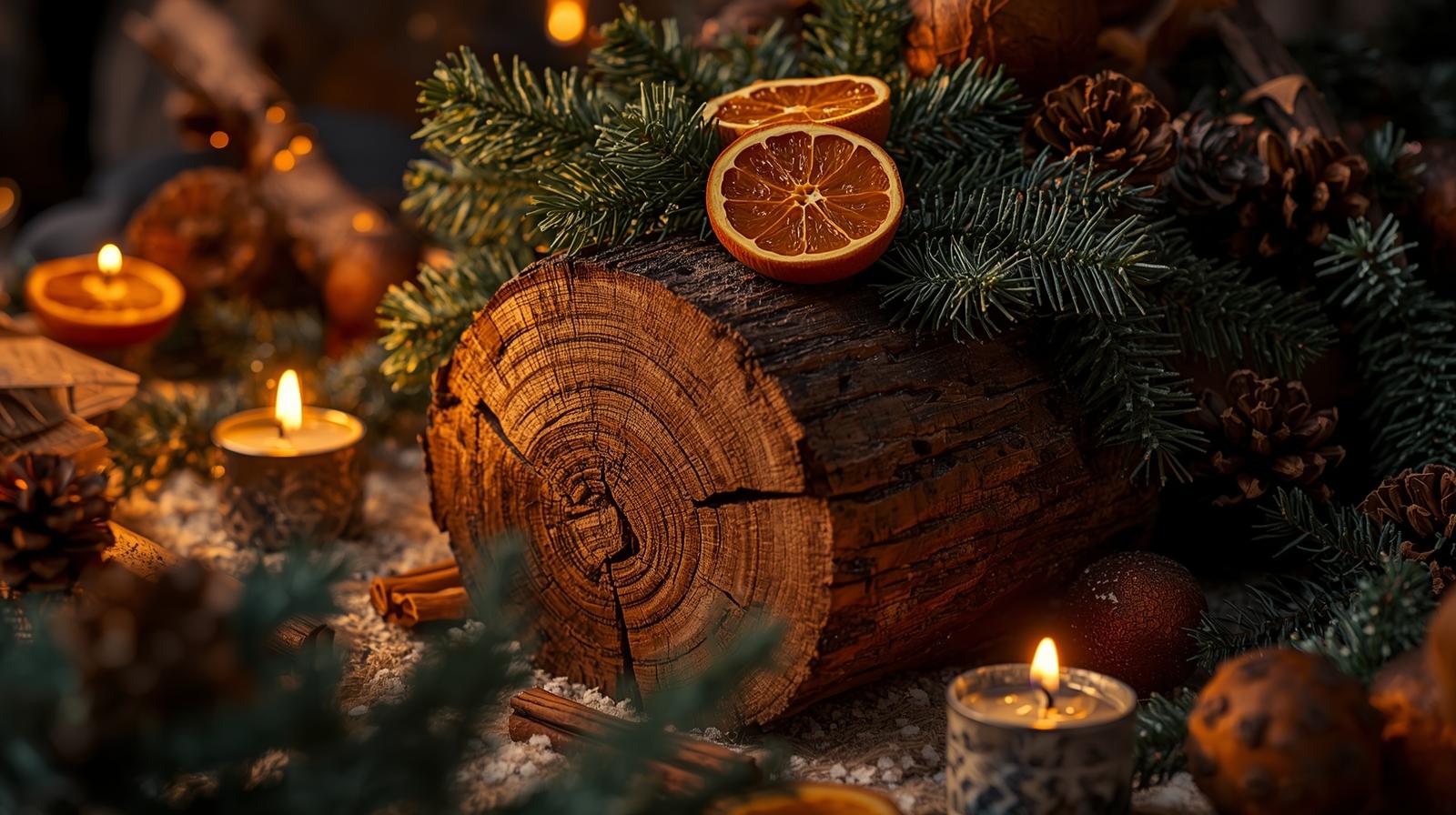
Nothing says “holidays in the South” quite like that warm hit of cinnamon when you walk through the door. And even better? Making your own cinnamon pinecones costs next to nothing and gives you better scent, better style, and way more personality than the overpriced store-bought ones. Pinecones are basically free décor scattered all over the yard, and with a little love, they become the coziest winter touch for your home.
Gather Your Pinecones
Start by collecting a good pile of pinecones. If they’re fully open, dry, and looking pretty, perfect. If they’re closed up or damp, don’t stress. That just means they need a little drying time later. Try to avoid cones that look moldy or soggy. Texas folks like us usually have pine trees everywhere, so this step is practically free. If you don’t have easy access to a wooded area, craft stores sell bags of plain pinecones that work just as well.
Bake Them First (Trust Me, This Step Matters)
This is the part everyone skips, but it’s the real secret behind good-looking, long-lasting pinecone décor. Baking gets rid of hidden bugs, dries up sticky sap, and helps the cones fully open. Heat your oven to 200°F, line a baking sheet with foil, and spread your pinecones out in a single layer. Bake them for 30 to 40 minutes, keeping an eye on them so they don’t burn. You’re aiming for dry and toasty, not crunchy. Once they’re done, let them cool completely.
Related: The Old Ways of Drying Fruit & Simple Seasonal Crafts to Try
Mix Your Cinnamon Scent
Time for the part that makes the whole project worth it. You can use cinnamon essential oil, cinnamon fragrance oil, or a blend like cinnamon, clove, orange, and vanilla. Fragrance oils usually smell stronger and last longer, especially for holiday home scent projects. In a small spray bottle, mix 20 to 30 drops of oil with 2 or 3 tablespoons of water. If you want a bold scent, go wild and add more drops. There is no “too strong” here unless you prefer something subtle.
Coat and Seal for Maximum Scent
Place your pinecones inside a gallon-size Ziploc bag or an airtight container. Spray your scent mixture over them until they’re lightly coated. You don’t need them dripping wet—just enough for the fragrance to cling. Seal the bag tightly and let the pinecones sit for at least 24 to 48 hours. If you want them extremely strong, leave them sealed up for several days. The longer they rest, the more intense that holiday aroma becomes.
Related: The Surprisingly Spicy History of Gingerbread
Let Them Dry and Display
Once they’re fully scented, take the pinecones out and let them air-dry on a towel for a couple of hours. After that, they’re ready to make your home smell like cinnamon heaven. Add them to bowls or baskets, tuck them into wreaths or garlands, place them on decorative trays, or even use them for product photos for Mama Crow’s. They bring that cozy rustic charm without looking cheap or store-bought.
Optional: Dress Them Up
If you want extra flair, brush the tips with white paint for a snow-kissed look, add glitter if you love sparkle, or tie twine bows around a few for a farmhouse vibe. It’s totally up to your style.
Lisa Crow contributed to this article. She is a true crime junkie and lifestyle blogger based in Waco, Texas. Lisa is the Head of Content at Gigi’s Ramblings and Southern Bred True Crime Junkie. She spends her free time traveling when she can and making memories with her large family which consists of six children and fifteen grandchildren.








